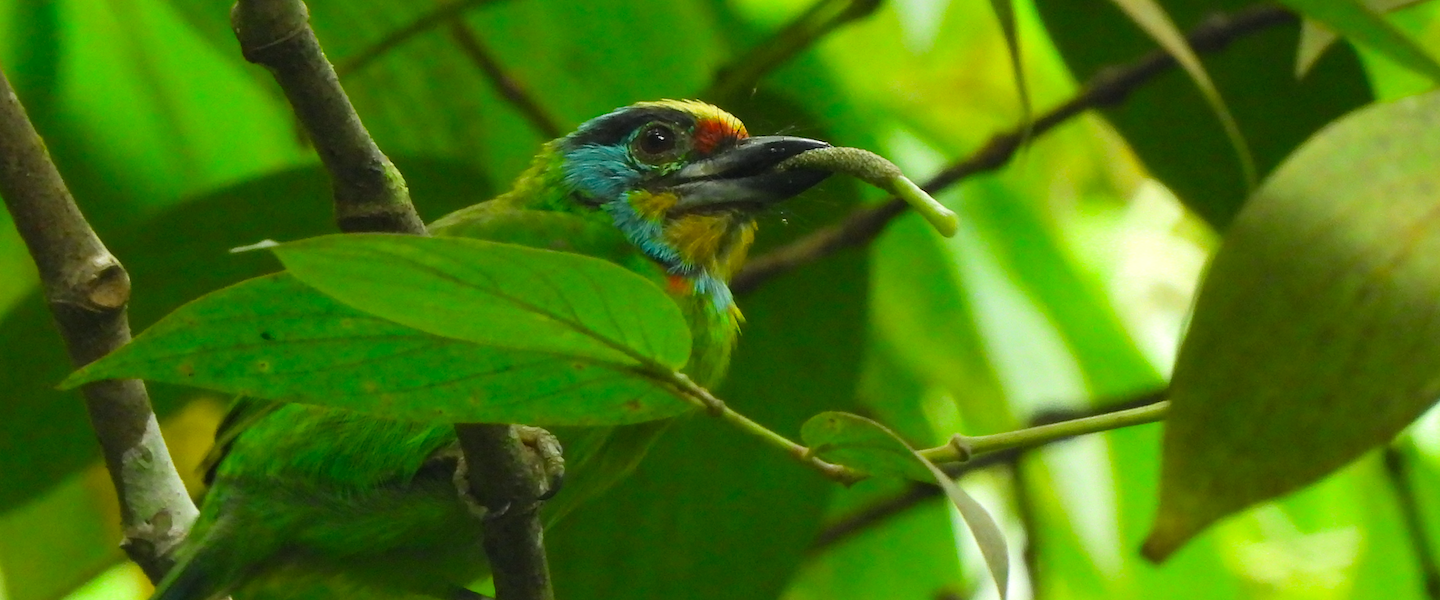The waters around Santa Pola harbour have been particularly eventful lately. Everything started when Jana Marco identified a Caspian gull (Larus cachinnans) among the birds attracted to fishing trawlers on their way back to the harbour on 23rd January 2025, an extremely rare species in Alicante region — to my understanding, the second-ever record. After that, a succession of people have visited Santa Pola and succeeded at finding Caspian gulls, and Jana did a fantastic job at individualizing all the sights reported, with unexpected results.
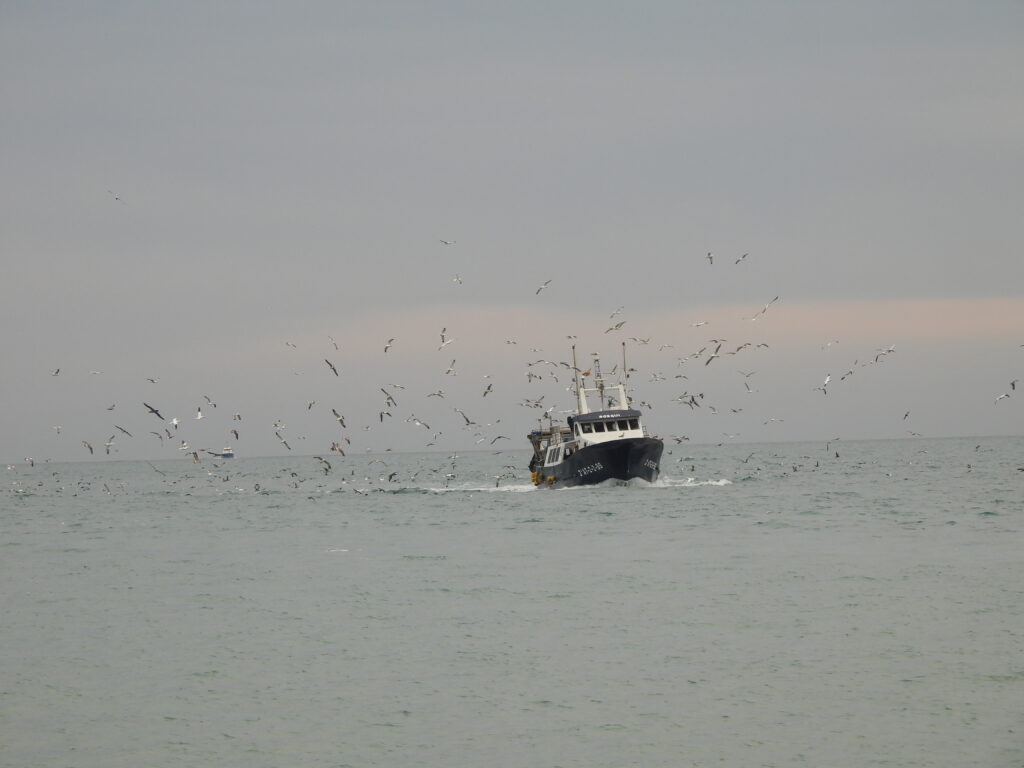
Darío Gijón had spotted what first looked like a second Caspian gull on 25th Jan at the small sandy beach just north of the harbour, which was seen again by Marcos Real along with a stunning black-legged kittiwake (Rissa tridactyla), a rare species mostly seen offshore around here, which was not seen again.
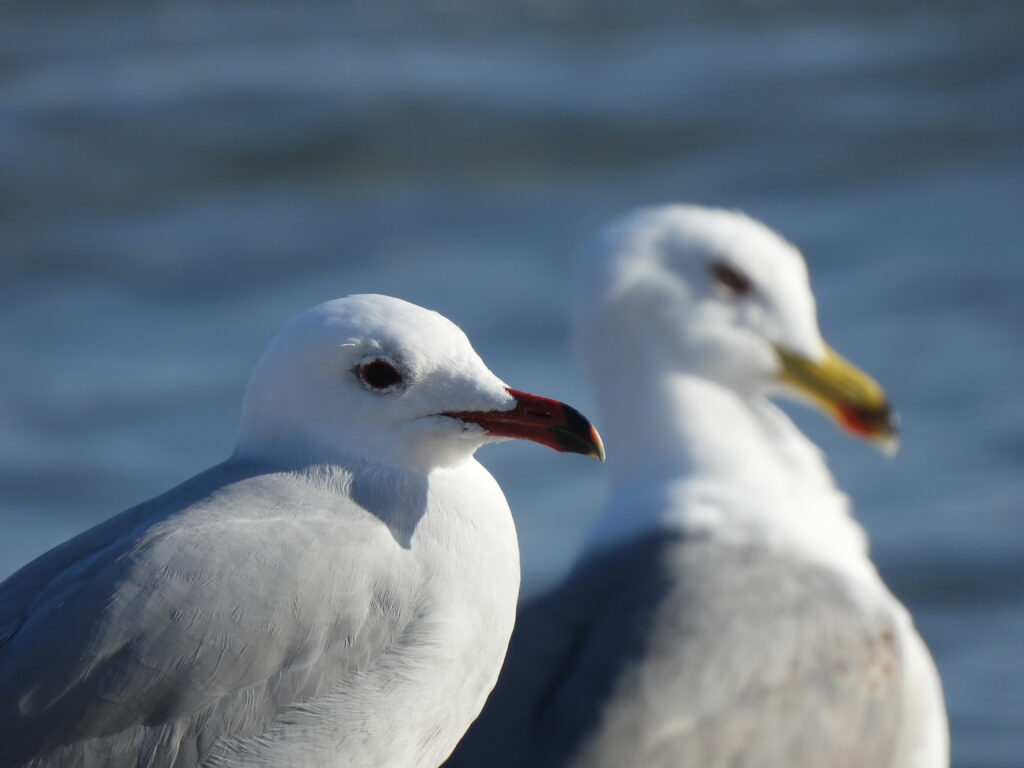
After a week since my last visit to Santa Pola (before the gulls), I dropped by on 29th Jan and met Mark Simmonds and Simon Harvey on site. We spent an awesome day with personal record numbers of different species, with about a hundred northern gannets (Morus bassanus) and a thousand of the critically endangered ‘Balearic‘ mauretanicus form of Mediterranean shearwater (Puffinus yelkouan) — some of which entered inside the harbour and provided very close looks, unusual for both species. Watching seabirds following trawlers is a typical thing to do in Santa Pola harbour, but I had never seen so many birds nor so close.

The local 1st winter male common eider (Somateria mollissima) found by Alfredo Palencias on 14th Jan has been there ever since, and apparently is still around. It’s nice to have this rare northern duck again close to home, after the juvenile Mario Marcos found in November got missing days after catching a hook in its bill. It seems to enjoy the discards thrown off the ships inside the harbour, along with numerous yellow-legged gulls (Larus michahellis) and great cormorants (Phalacrocorax carbo).
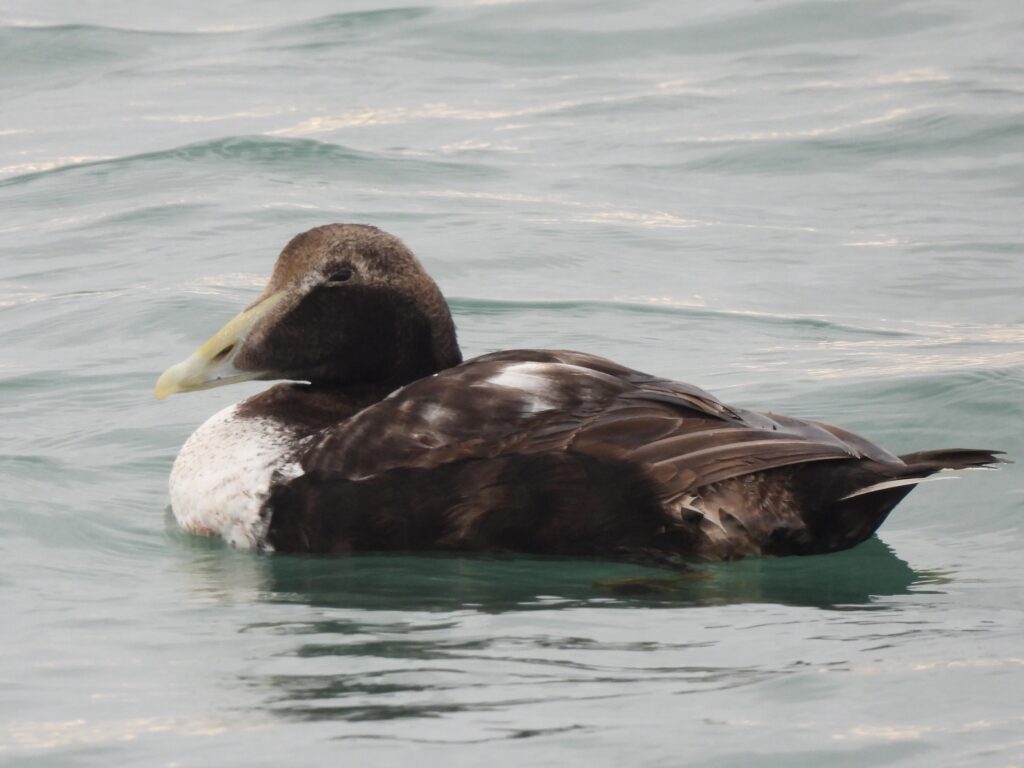
The shore where the special gulls had been seen provided very close looks to different lesser black-backed gulls (Larus fuscus) and Audouin’s gulls (Ichthyaetus audouinii), as well as the occasional sanderling (Calidris alba) and flock of ruddy turnstones (Arenaria interpres). No hint of Caspian gulls though.
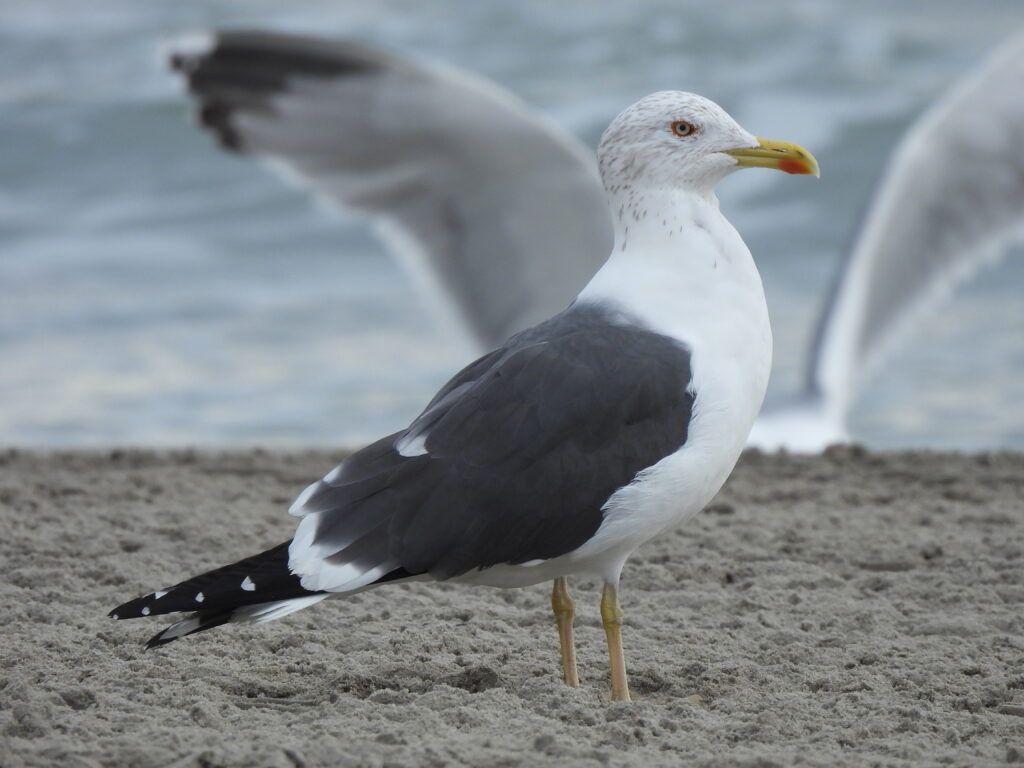
Among these massive flocks, some shearwaters raised suspicion and I was looking for a personal lifer. Indeed, checking out the pictures, I noticed there were at least two Mediterranean shearwaters (Puffinus yelkouan), which is significantly less common in these waters than the Balearic. However, the numbers of Balearic shearwaters were incredibly high, considering the last global estimate of mature individuals is 19,000.
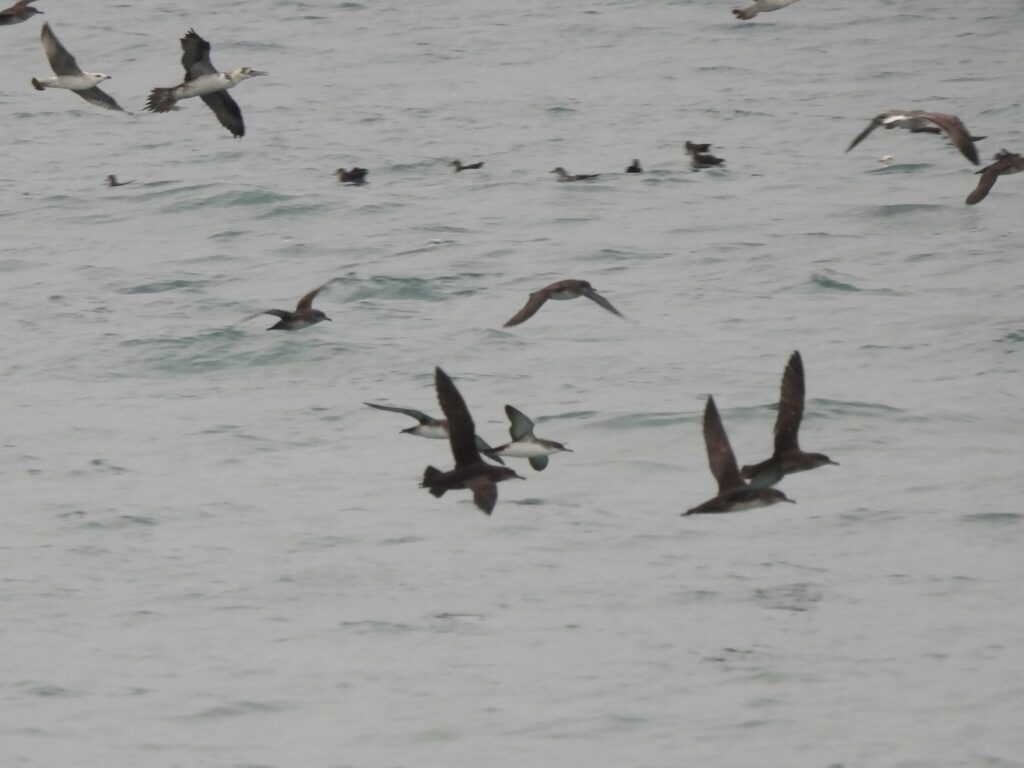
Checking out the pictures later at home, Mark managed to identify a Caspian gull among the frenzy of gulls and shearwaters feeding around the trawlers. This seems to be the first Caspian gull found by Jana, which she also found by the trawlers.

I tried my luck again with Claudio Amorós and Mario the following evening, 30th Jan, and we met Juanma Pérez and Jana on site. The eider was there, and so were the gannets and shearwaters, but in lesser numbers than the frenzy of the day before. No Caspian gulls on sight either, but we enjoyed a fantastic sunset and some insights.
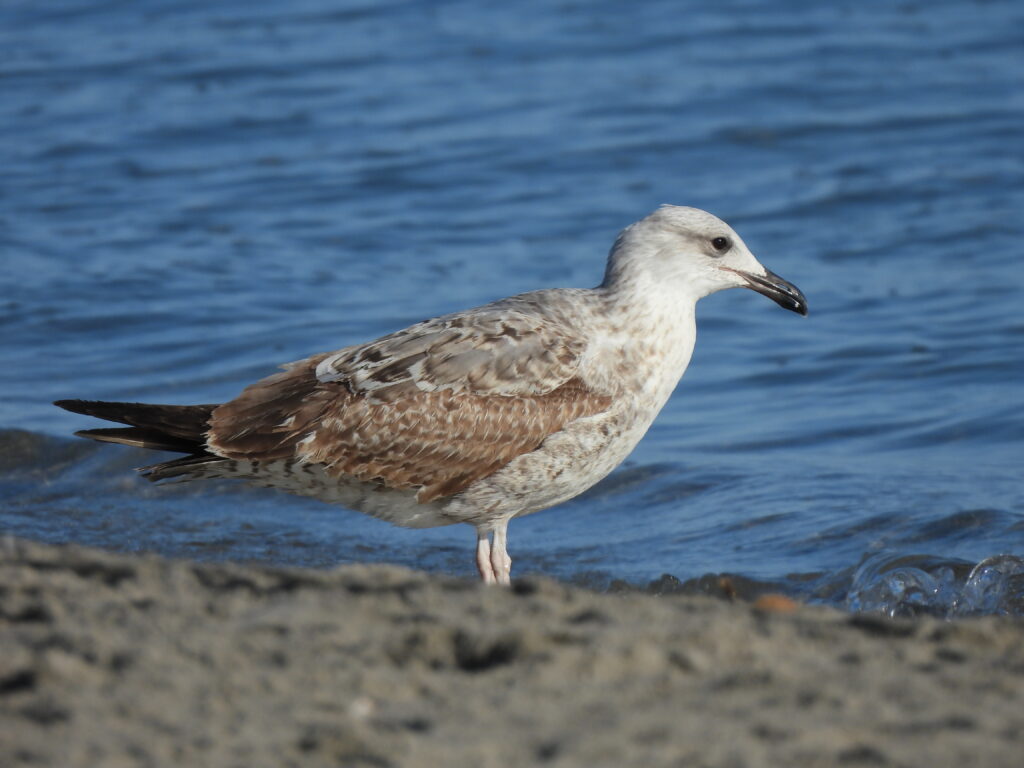
Every day I missed a visit to Santa Pola, something great happened. Either somebody spotted the Caspian gulls, or even better. For instance, Claudio shared some pictures the following day, 31st Jan, of two bottlenose dolphins (Tursiops truncatus) inside the harbour, an unbelievable sight happening once I left for the weekend. Also, on 3rd Feb, Marcos, Jana, Óscar Aldeguer and others found yet a new Caspian gull, with a beautiful light plumage different to the birds seen before, breaking the foundations of what we understand about the species in our region.

Claudio and I tried our luck again on 4th Feb. Again, the evening was particularly fruitful in terms of hundreds of gulls and shearwaters (not gannets this time) following the trawlers into the harbor, and we saw the eider again. As many other days, the last trawlers brought several Mediterranean gulls (Ichthyaetus melanocephalus), slender-billed gulls (Chroicocephalus genei) and black-headed gulls (Chroicocephalus ridibundus), in notoriously low numbers.
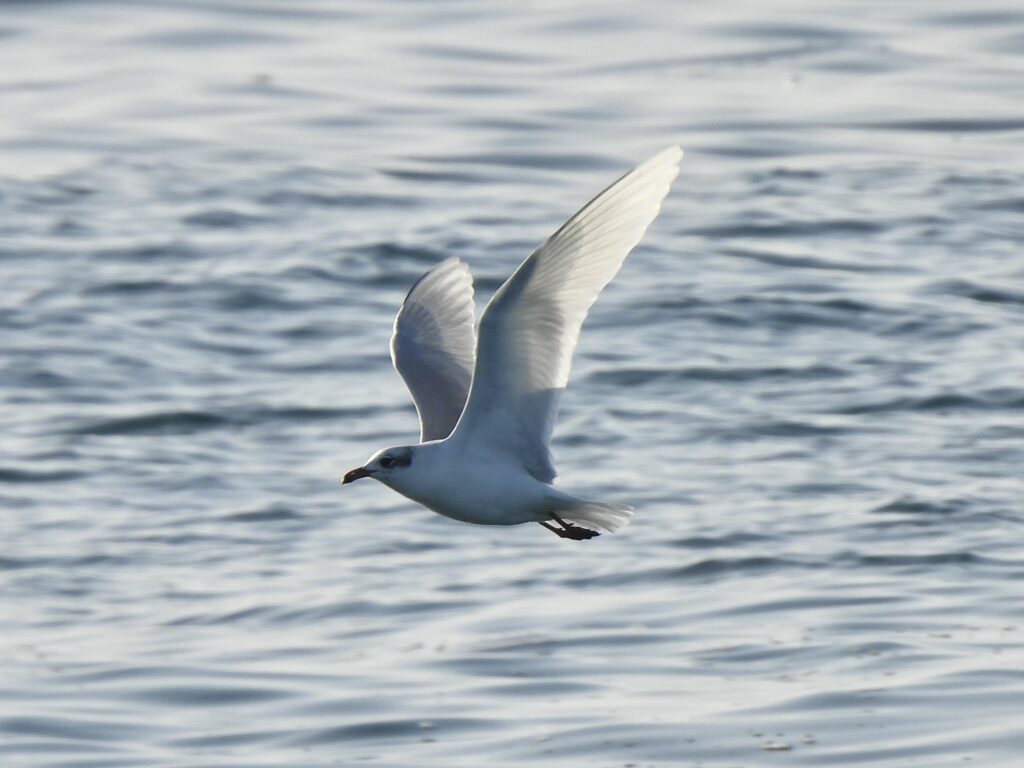
We peeked at the beach but the birds sitting there were the typical yellow-legged, lesser black-backed and Audouin’s gulls. The main activity was undoubtedly at the harbour mouth, where trawlers came in. At a certain point, Claudio spotted a razorbill (Alca torda) fishing very close to us, and we enjoyed it for a while. What a bird! The species has been particularly absent this season, as this is the first one I’ve seen this winter, unlike the previous winter with record-hitting numbers all over — luckily, the bird has stayed over for others to see it. Watching the eider and the razorbill in the same view frame felt like a scene of another latitude.
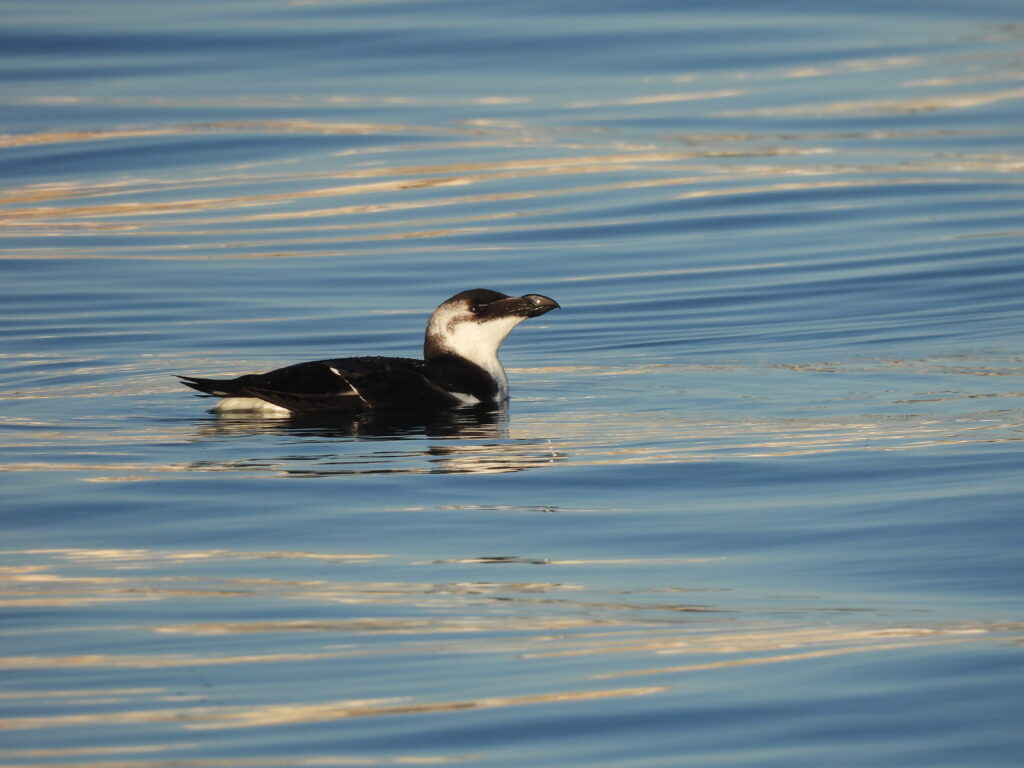
Later that day, we were left with a fantastic sunset and the impression that we were just unlucky with the rare gulls. We finished the day inside the harbour where some boats throw discards away. Right at that moment, we glimpsed one of the (hundreds of) gulls with a particularly white head and light underwing, and tried to relocate it for a while as the light got fainter. As we stood there for a while, we looked for the suspicious bird and I took poor flight snapshots for as long as my camera allowed.
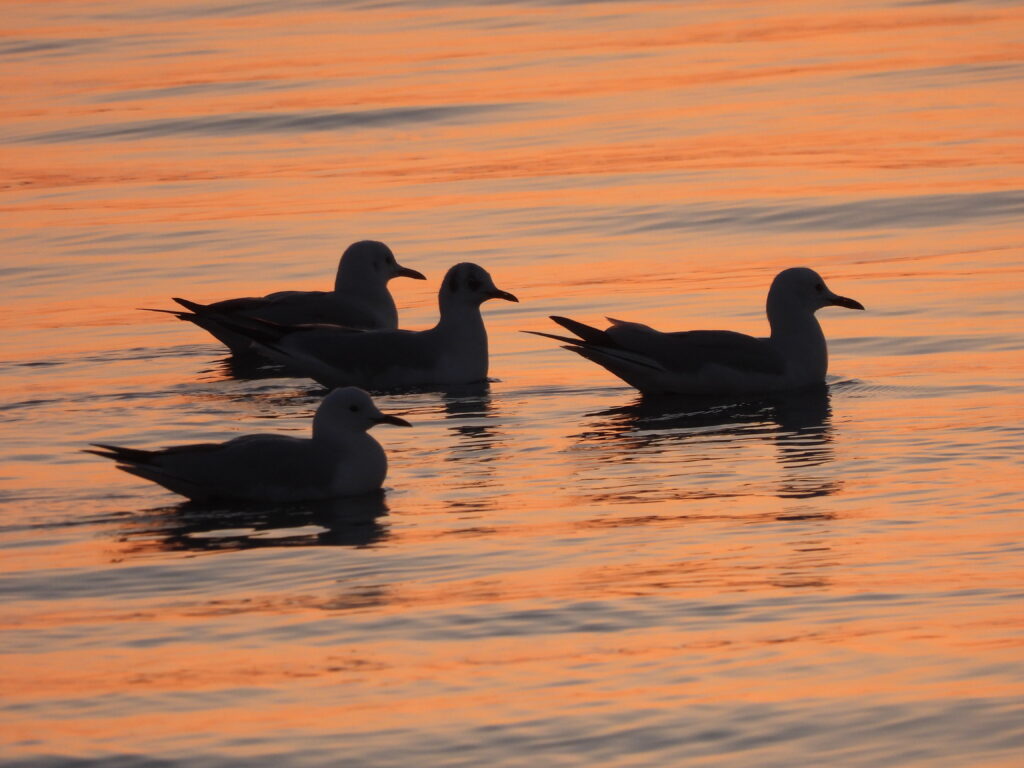
The following evening, yesterday (6th Feb), Claudio, Jana, Óscar and others found different Caspian gulls, improving Jana’s state-of-the-art chart of the Caspian gulls found these last weeks in Alicante. While they were out in the field, I found some time to go through my pictures of previous days. Not only did I realize yesterday’s evening suspicious bird was indeed a Caspian gull — it was actually one of the birds they were looking at in the field too! The pattern of broken tips in the primaries (especially p6) on its right wing spilled the beans with some of the pictures Claudio shared with me. Incredible!
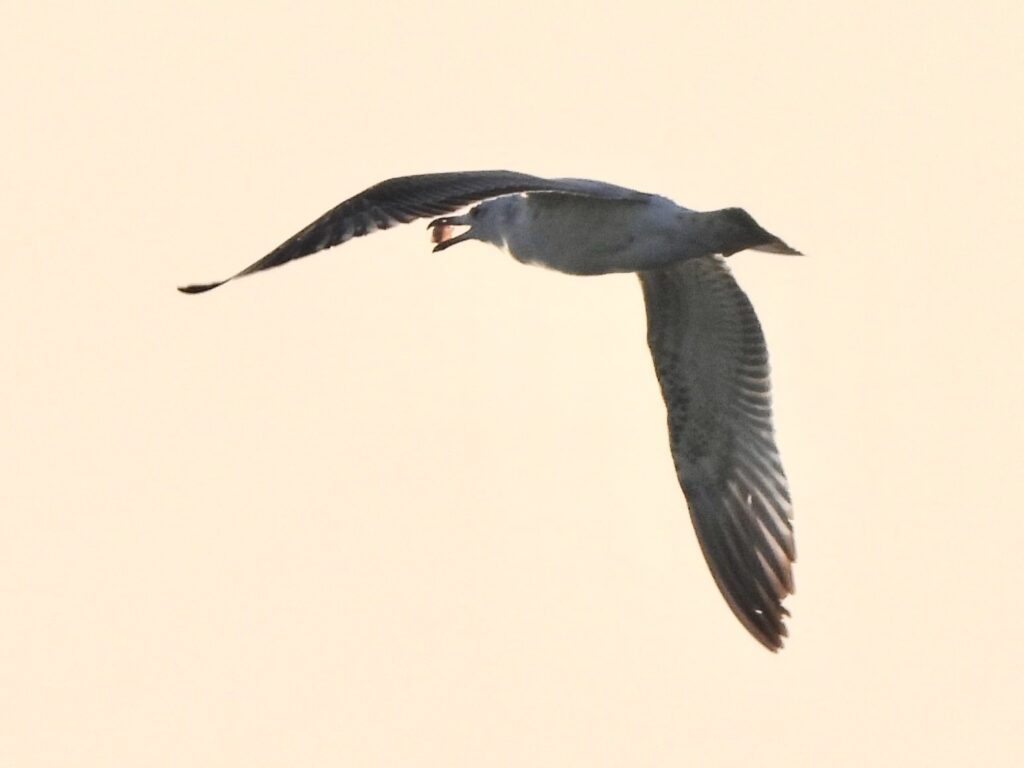
These last days taught some of us more about gulls than years and years of birdwatching — and I’m only starting to realize how much I still have to learn. Alicante may not be the best place to train the eye for rare gulls, but this winter has produced an important influx of Caspian gulls throughout the Mediterranean. I am curious as to whether this has been a truly exceptional year, or whether this species has been overlooked among the numerous, extremely similar yellow-legged gulls and all eyes are in Santa Pola looking at each and every gull lately. In any case, it is exciting to learn how to use and develop some analytical skills on plumage and learn about some hard ID species complexes.

